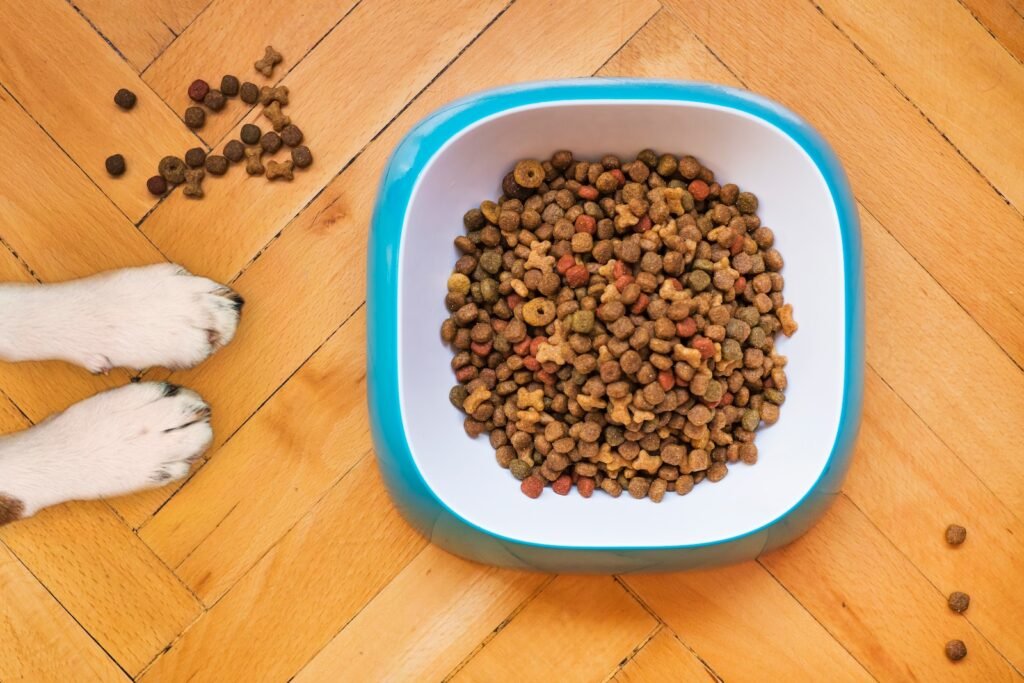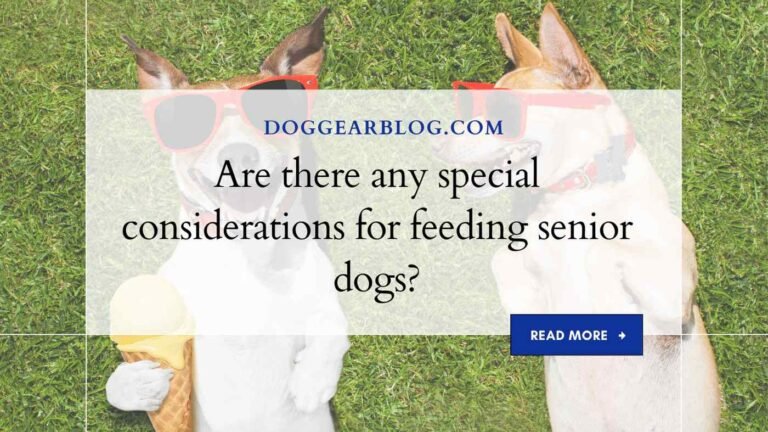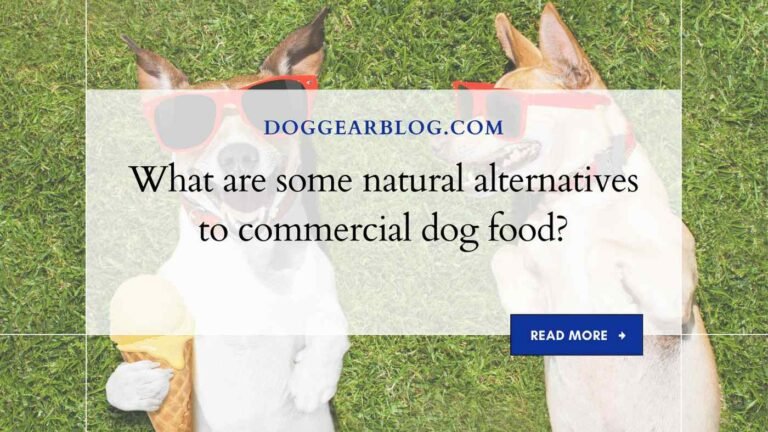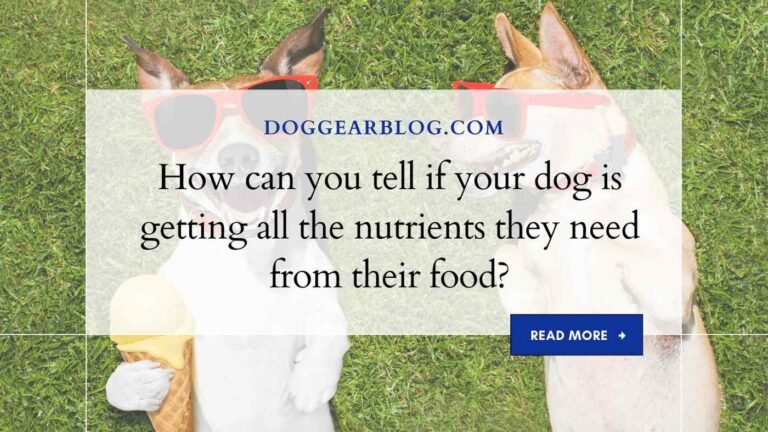Is it better to feed your dog wet or dry food?
As a pet owner, we all want to provide the best possible nutrition for our furry friends. And with so many different options on the market, it can be overwhelming to choose between wet or dry food. But fear not! In this blog post, we’re going to explore the pros and cons of each type of food and help you make an informed decision about what’s best for your pup. So let’s dive in and find out if it’s better to feed your dog wet or dry food!
What is Feeding a Dog?

Feeding a dog is an important part of their life. Depending on the type of diet your dog is on, you may have to make some adjustments. Wet food is better for water dogs and dry food is better for those who live in climates that are cold or hot.
Here’s a look at what each type of diet offers:
Wet food: Wet food is dehydrated and usually has meat, vegetables, and water as its main ingredients. These foods are great for dogs that live in hot or cold climates because they can be stored in a cool place without spoiling. They’re also good for small dogs that don’t need as much protein as big dogs because wet food only has limited amounts of protein.
Dry food: Dry food is kibble that has been dried out. It usually comes in a variety of shapes, sizes, and flavors to suit everyone’s taste. The main difference between wet and dry food is that wet food needs to be fed with water while dry food can be eaten without any water at all.
Some people believe that feeding their dog wet food helps them retain more moisture in the coat, which can be beneficial if your dog suffers from skin issues like chronic itch or dandruff.
Types of Dog Foods
Feeding a dog food that is moistened can be beneficial in keeping their digestive system healthy. Wet food owners should also note that wet food delivery times are typically much shorter than dry food and this also benefits digestion.
Dry food, on the other hand, can help to keep teeth clean as well as promote jaw health. Manufacturers continue to develop new types of dog foods, so it’s important for dog owners to read the ingredients list to see what types of nutrients are being offered.
Pros and Cons of Wet vs. Dry Dog Food
Feeding your dog wet or dry food can be a controversial topic, with proponents of each argument having their own reasons for supporting their choice.
Here are the pros and cons of both approaches:
Wet Food Pros
Wet food is tastier than dry food, making it more appetizing for dogs. It’s also a good source of water, which is vital for keeping them hydrated.
Wet food can help dogs maintain a healthy weight, since it’s high in calories and contains no artificial ingredients. And since water is included in wet food formulas, drinking enough water is not a problem when feeding wet food to your dog.
Dry Food Pros
Dry food consumes less space in your pet’s stomach and can be easier to store in small spaces. It’s also lightweight so it doesn’t add significant weight to your dog’s bag or body. Some owners find that their dogs have difficulty digesting wet foods, leading to health concerns such as bloat.
Also, many dogs have trouble chewing through fiber-rich dry foods – something that isn’t a problem with kibble-based wet foods.
Reasons to Feed a Dog Wet Food
Wet food is often perceived as being better for dogs because it is more appetizing. This is not always the case, though. Wet food can be high in sugar and carbohydrates, which can lead to obesity and other health problems in dogs. Dry food, on the other hand, is lower in sugar and can provide more nutrients for a dog’s overall health.
Reasons to Feed a Dog Dry Food
There are a few reasons to feed a dog dry food over wet food. Wet food can contain too much water, which can be bad for your dog’s health. Dry food is less prone to spoil, meaning it’s harder for your dog to pick up harmful bacteria and parasites. Plus, feeding your dog dry food will help keep their teeth clean and healthy.
What is the difference between wet and dry dog food?

Wet dog food is typically fish-based, and it’s often packaged in water droplets or balls. This type of food is ideal for dogs with a moist mouth, as it encourages drinking. dry dog food is dry and crumbly, and most contains grains as the main ingredient.
While this type of food can be more convenient for some owners, research shows that dogs who eat a diet primarily composed of dry food tend to have more health problems, including obesity, dental problems, and allergies.
Benefits of feeding a dog wet food over dry food
Dogs have been bred to hunt and scavenge for food so their natural appetite is to eat wet food. Wet food has more moisture which means that it’s easier for your dog’s saliva to break down the proteins and nutrients in the food, leading to a healthier diet.
Dry food cannot provide all of the essential nutrients your dog needs. It can also be harder for your dog to digest, meaning that he may end up pooping more often and having trouble with his coat. Plus, feeding a dry diet can lead to tooth decay and other health problems in dogs.
Downsides of feeding a dog wet food
There are some obvious downsides to feeding a dog wet food. Wet food can contain more water and pollutants than dry food, which can add up over time if your dog regularly consumes wet foods. It can also be harder for dogs to digest wet food because of all the water it contains.
In addition, dishes full of wet dog food may easily start overflowing if your pup is particularly boisterous or if you have a small kitchen. Wet food often suffers in taste when compared to dry foods.
Overall, wet food is not ideal for all dogs, and should only be used as a last resort if a dry food isn’t suitable or if your pup is having difficulty eating other types of food.
Which is Better for Your Dog?
Feeding your dog wet or dry food is a debate that has been raging for years. The two camps have passionate supporters and staunch detractors. Which is better for your dog?
There are a few factors to consider when making this decision: what type of diet your dog needs, how much water your dog drinks, and how wet or dry the kibble is. Wet food typically contains more water than dry food, which helps keep dogs hydrated. Dry kibble can be expensive, so some pet owners believe that feeding their pets only dry food is better budget-wise.
Determining which diet is best for your pooch depends on a variety of factors including their breed, age, activity level and metabolism. Talk to your veterinarian about whether you should feed your dog wet or dry food and take into account their individual needs.
What type of food should you feed your dog?
Dry food is typically thought of as the better choice for dogs because it’s easier to store, but what types of food should you be feeding your furry friend? Overfeeding dry food can lead to obesity and health problems such as vomiting, so it’s important to give your dog the right type of diet. Wet food is typically lower in calories, making it a better choice if you want to keep your pet healthy and trim.
There are a number of different types of wet food, but some of the most common are dog kibble, canned dog food, and wet dog foods made from rawhide or other chewable treats. It’s important to make sure that your dog gets enough water along with his food, since he’ll likely drink more if he’s eating moist food.
Conclusion
There is no one-size-fits-all answer to this question, as the best way to feed your dog will depend on his individual needs and preferences. Ultimately, what you choose to feed your dog is up to you and your discretion – but make sure that whatever you decide to give him makes sense nutritionally and fits in with his overall diet.






